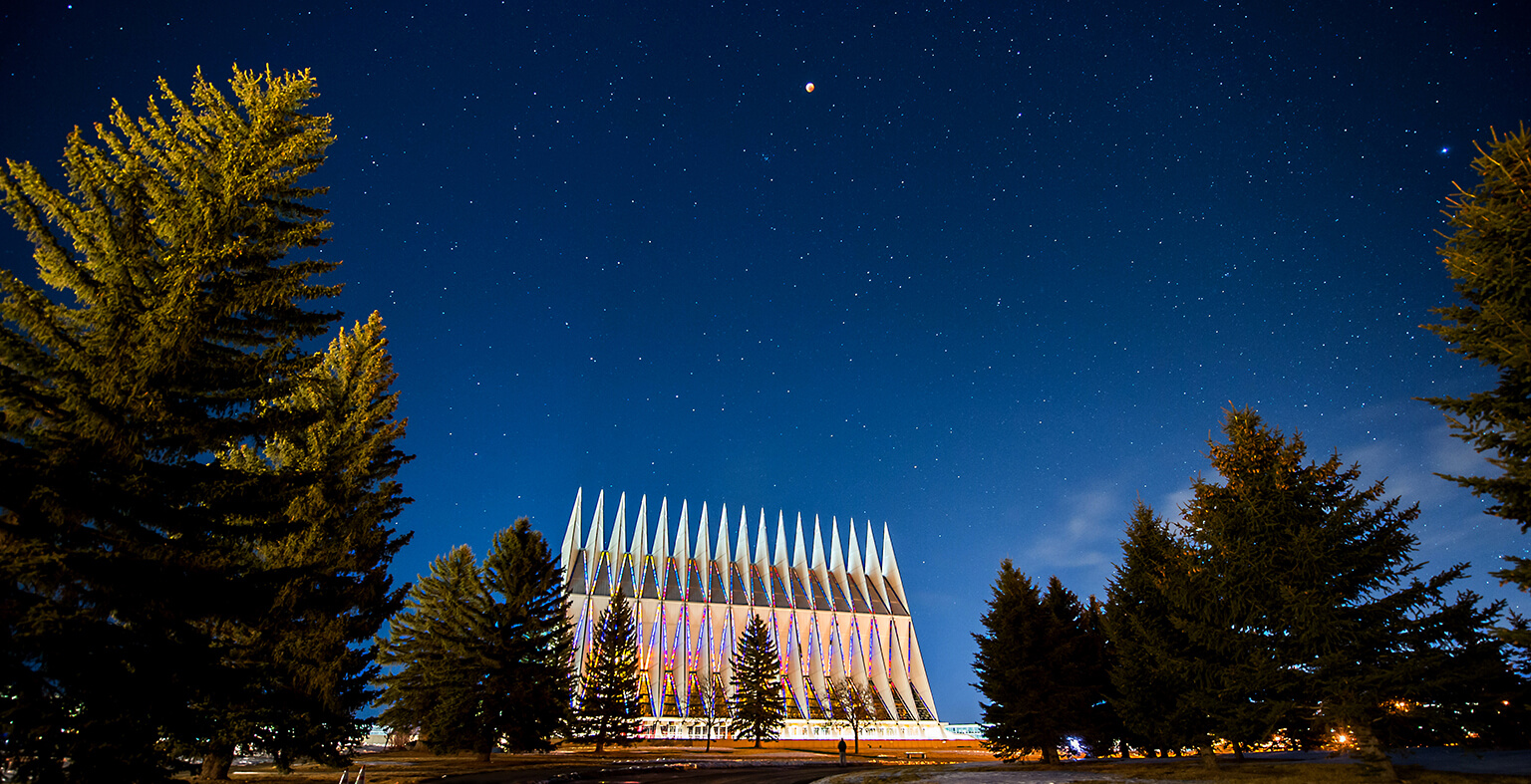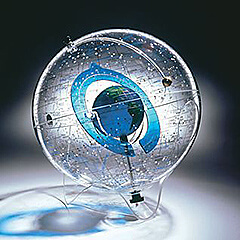FTN-How to Begin Your Observation

There are many excellent astronomy resources available. The references made are not all inclusive nor are they an endorsement by the U.S. Air Force Academy.
Making observations with a telescope requires a lot of careful planning. In particular, new users of the FTN telescopes need to consider a few specific questions:
1. Is your target (or targets) visible at all from an FTN site?
2. What time of year and what time of night is best for observing target (or targets)?
3. Is your target (or targets) well matched to the capabilities of the telescope’s camera?
Is the Target Visible From Your Location
 To begin this discussion, it is helpful to have a globe of the Earth handy. In particular, there are special globes, called “Celestial Spheres”, that are even more helpful. A Celestial Sphere shows the globe of the Earth encased in a see-through globe that has stars in the sky printed on it. This particular kind of globe helps visualize that from one location on Earth, you can only see half of the sky or the half that is above your horizon. For example, the North Star, Polaris, is located almost exactly above the North Pole of the Earth. If you are anywhere north of the equator on Earth, you can see that star. If you are living in Australia, though, the North Star would be below your horizon and not visible.
To begin this discussion, it is helpful to have a globe of the Earth handy. In particular, there are special globes, called “Celestial Spheres”, that are even more helpful. A Celestial Sphere shows the globe of the Earth encased in a see-through globe that has stars in the sky printed on it. This particular kind of globe helps visualize that from one location on Earth, you can only see half of the sky or the half that is above your horizon. For example, the North Star, Polaris, is located almost exactly above the North Pole of the Earth. If you are anywhere north of the equator on Earth, you can see that star. If you are living in Australia, though, the North Star would be below your horizon and not visible.
So the first thing you have to figure out, given the location of the telescope (for example, La Junta, Colorado), would your object be above the horizon?
This can be done mathematically, so more sophisticated students may want to research the “equatorial coordinate system” of right ascension and declination. This system is similar in many ways to our system of longitude and latitude on the Earth. The declination of a star (or other astronomical object) is measured in degrees north or south of the celestial equator. So, again for example, Polaris has a declination close to +90 degrees (the positive sign means north). Your horizon can also be defined as having a minimum declination. For State College, Pa., at close to 41 degrees north latitude, our horizon stretches to -49 degrees in declination (the negative sign means south).
So in principle, you can observe any object in State College, PA, that has a declination from -49 to +90. There are a few issues, though. The first is that observing anything close to your horizon is more difficult, so in reality our view is limited to more like -40 than -49. The other issue is that the time of year is also important.
Best Time of Year and Time of Night to Observe
If you are used to watching the Sun or the Moon during one day or night, you probably know that both objects rise in the east, get higher and higher on the sky, and then set in the west. Every object in the sky appears to rise and set, too, because this effect is caused by the rotation of the Earth. So, during one night, you usually have multiple hours to observe your object in the sky from the time it rises to the time it sets. The best time to observe any object is when it is highest in the sky, and astronomers refer to that point on its path as when it is “transiting the meridian”. Even if you’ve never heard that terminology before, you use it even if you aren’t aware you’re using it! Noon is defined by astronomers as the time when the Sun is at its highest point (transiting the meridian), so it is morning or AM (ante meridian) when the Sun hasn’t reached the meridian and it is afternoon or PM (post meridian) when the Sun has passed the meridian. So you want to find the time when your object is close to the meridian from your location.
Another issue you have to deal with is the time of the year. I’m sure you’ve noticed that you can only see stars at night, and not during the day. So on any given night, we can again only see half of the sky — the half of the sky that is in the direction opposite that of the Sun. The half of the sky in the direction of the Sun is the daytime sky, so any stars in that half of the sky will be “up” (above our horizon) during the daytime, so you can’t see them. So you need to be able to figure out what stars are up only at night from your location at your chosen time of year. As the Earth orbits the Sun, which half of the sky is visible changes. For example, the stars visible in the summer are those on the opposite side of the sky from those visible during the winter.
You can often find star maps that are labeled with the season — you might know that Orion is a winter constellation (group of stars) and Scorpius is a summer constellation. From State College, PA, the constellation Orion is visible somewhere in our sky at 9:30pm from early November to late April.
To figure out what time of year and what time of night to observe your object, you can use a star map to figure out if your object is a fall, spring, winter, or summer object, or again, you can use the equatorial coordinate system. This time, the right ascension coordinate is important. When your chosen astronomical object is transiting the meridian, it will appear due south of you. On any given date and at any given time, you can find out what right ascension corresponds to the direction due south. For example, at midnight on March 21, due south has a right ascension of 12 hours. The star Denebola in the constellation of Leo has a right ascension of 11 hours 50 minutes, so it is very close to the meridian at midnight on March 21. An object with a right ascension of 0 hours is opposite in the sky from Denebola, so it would not be visible at night time on March 21st.
Picking the best time and date to observe your object is a pretty complicated topic, so there are lots of tools to help you. For example, you can use a planisphere, like the one in this section from the Astronomical Society of the Pacific to show you what part of the sky is visible on a given date at a given time. There are also on-line resources. You can consult Sky Maps like those offered by Astronomy or Sky & Telescope magazines, the interactive sky chart at heavens-above.com, computer software like Stellarium (free) or Starry Night (not free), or smartphone apps like Star Walk or Sky Safari.